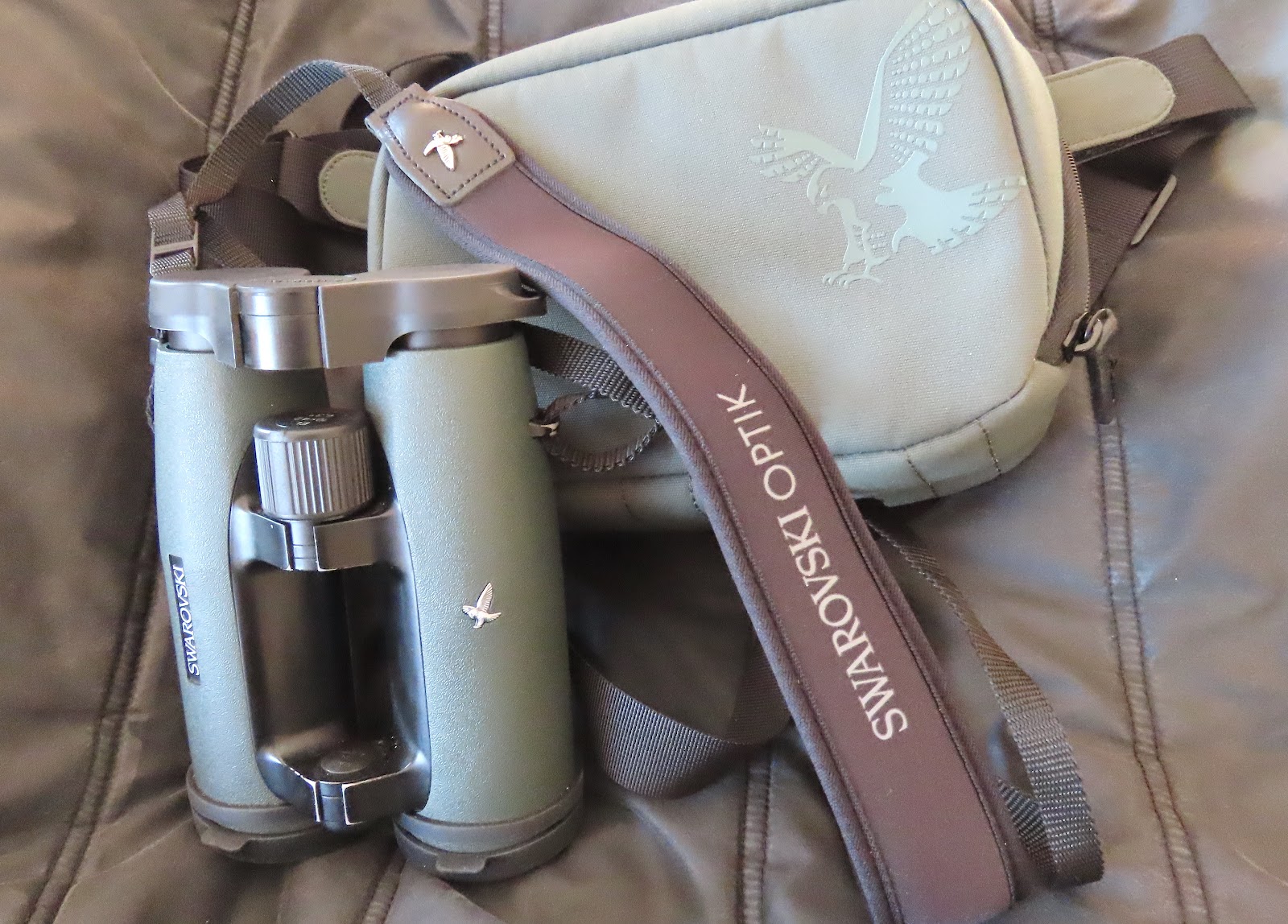A local extinction?
 |
| Night-flowering Catchfly at Langley Vale Farm. Not seen there since 2014. |
There are few greater pleasures than walking along the edge of a field and working your way through a mass of arable plants in flower. It is colourful. It holds hidden gems. It is also disappearing. I am lucky enough to live close to a marvellous site, where such species as Night-flowering Catchfly, Venus's Looking-glass, Red Hemp-nettle, Cat-mint, Narrow-fruited Cornsalad, Sharp-leaved Fluellen, Round-leaved Fluellen and Dwarf Spurge can be found. It is called Langley Vale Farm, situated on Walton Downs in Surrey.
They are all in danger of being lost forever.
Any regular visitor to this blog will have read my previous posts about the purchase of the farm, in 2014, by the Woodland Trust. They plan to use the site to create what will be known as Langley Vale Wood, in commemoration of the centenary of the start of the First World War. A series of environmental and ecological surveys were commissioned, and the Trust were supplied with data that made it very clear to them that the site held highly vulnerable and threatened species, a mosaic of habitat types and recommendations of how to look after these (mainly) botanical and avian gems. Early plans that were made public by the Trust did not seem to be prioritising the care of these threatened species, and many local naturalists fears were confirmed when the first ten thousand trees that were planted were placed on one of the Lapwing's favoured breeding fields (where there had been up to 5 pairs recently). Planting has continued, in some cases right up to the boundary of historical hedgerows, shaws and lanes, which will, of course, be lost in scrub and ultimately young woodland. These not only have a natural history value but also one of social history and a testament to the art of careful and sympathetic land management. It is worth pointing out that the Trust had made early noises about not losing the open nature of the site and keeping such historical features clear of woodland encroachment.
What about the arable plants?
Since the Trust took control of the farm they have become much harder to find, and also in dwindling numbers - and in some cases, not been found at all. Concerns have been made known to the Trust from experienced botanists, which question whether supplied data has been utilised and if the professional advice on habitat and plant management has been taken on board.
Time does not stand still for these species. Lapwings did not return to breed in either 2015 or 2016 (for the first time in living memory). The substantial wintering Skylark flocks have gone mostly missing. Wild flower margins are being swamped with grasses. The ancient landscape is being lost. You cannot set aside a field and expect rare flowers to move to it, anymore than you can expect to direct Lapwings over to a field that you don't particularly want to plant trees in. And all to create another wood in the most wooded county in England.
The Trust are planning to create 'wild-flower' meadows. There is one already by Nohome Farmhouse, and it is a blaze of colour in the summer - but it is the result of bought-in seed, and not a truly 'wild' flower mix at all, with such exotics as Phacelia, Opium Poppy and Cornflower popping up. This cannot be seen as any compensation for the loss of a rare and specialised flora.
I have written to Beccy Speight, the Chief Executive of the Woodland Trust to voice my concern. If you wish to do so as well, you can email her on:
beccyspeight@woodlandtrust.org.uk
It could be argued that the Woodland Trust should not be expected to have anything to do with Lapwings, arable flora and the upkeep of ancient farmland. But if you purchased a stately home and found Tudor panelling in a few of the rooms, would you rip it out, make a bonfire, and redecorate with wood-chip wallpaper and paint it magnolia?
I have walked across the footpaths that criss-cross the area for over thirty years. I'm immensely proud of the place. I think that it, and the wildlife, are worth fighting for.



Comments
On a lighter note - the first White-arse was seen in Dorset on the 21st Feb.